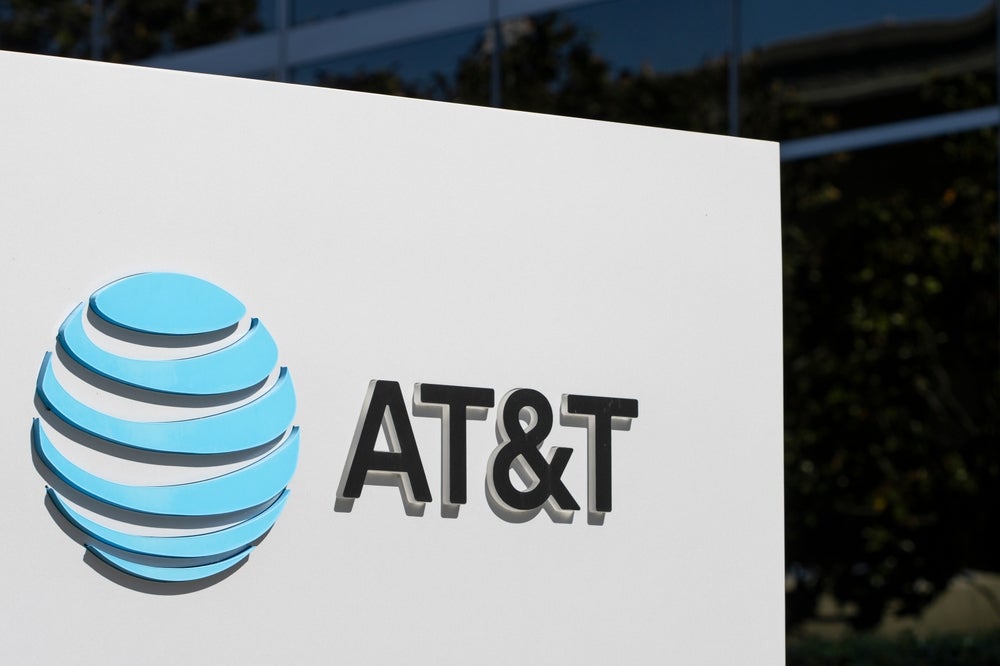ServiceNow has filed a patent for a method that uses computer-generated data entries to determine if they belong to any previously identified data entry clusters. The method involves segmenting the data entry into tokens, determining different token permutation groupings, obtaining token permutation grouping identifiers, and searching for matches among previously identified data entry clusters. The patent aims to improve data entry clustering and organization. GlobalData’s report on ServiceNow gives a 360-degree view of the company including its patenting strategy. Buy the report here.
According to GlobalData’s company profile on ServiceNow, Network traffic analysis was a key innovation area identified from patents. ServiceNow's grant share as of September 2023 was 74%. Grant share is based on the ratio of number of grants to total number of patents.
The patent is filed for a method of data entry clustering
A recently filed patent (Publication Number: US20230289338A1) describes a method for analyzing computer-generated data entries. The method involves receiving a computer-generated data entry and segmenting it into a set of tokens. Using processors, the method determines multiple token permutation groupings, each containing a different subset of tokens from the data entry. The method then obtains token permutation grouping identifiers associated with these groupings.
Next, the method searches among previously identified data entry clusters for a match to the obtained token permutation grouping identifiers. Based on the result of this search, the method determines whether the computer-generated data entry belongs to any of the previously identified data entry clusters.
The patent also describes additional features of the method. For example, it mentions that some data entry clusters may include entries associated with a common source code text pattern specification. The method allows for adding the computer-generated data entry to a matching data entry cluster and updating the assigned token permutation grouping identifiers accordingly.
Furthermore, the method enables the analysis of matching data entry clusters by identifying trends or anomalies within them. If the computer-generated data entry does not belong to any existing data entry clusters, the method creates a new cluster for it.
The patent specifies that the computer-generated data entry can be a log entry or a log line. The segmentation of the data entry into tokens involves separating words and making decisions about which words to include or exclude. The number of token permutation groupings generated depends on the total number of tokens in the data entry.
The method utilizes token permutation grouping identifiers, which are associated with hash values dependent on the ordering of tokens in the corresponding grouping. The search for a match between the obtained identifiers and the identifiers in the previously identified data entry clusters involves determining similarity measures, such as comparing token count lengths.
The patent also mentions the possibility of adjusting a clustering parameter based on repeat clustering performed on the same received computer-generated data entry using a clustering parameter candidate.
In addition to the method, the patent describes a system comprising processors and memory, as well as a computer program product stored in a non-transitory computer-readable storage medium. The computer program product includes instructions for implementing the method described above.
To know more about GlobalData’s detailed insights on ServiceNow, buy the report here.
Data Insights
From

The gold standard of business intelligence.
Blending expert knowledge with cutting-edge technology, GlobalData’s unrivalled proprietary data will enable you to decode what’s happening in your market. You can make better informed decisions and gain a future-proof advantage over your competitors.







